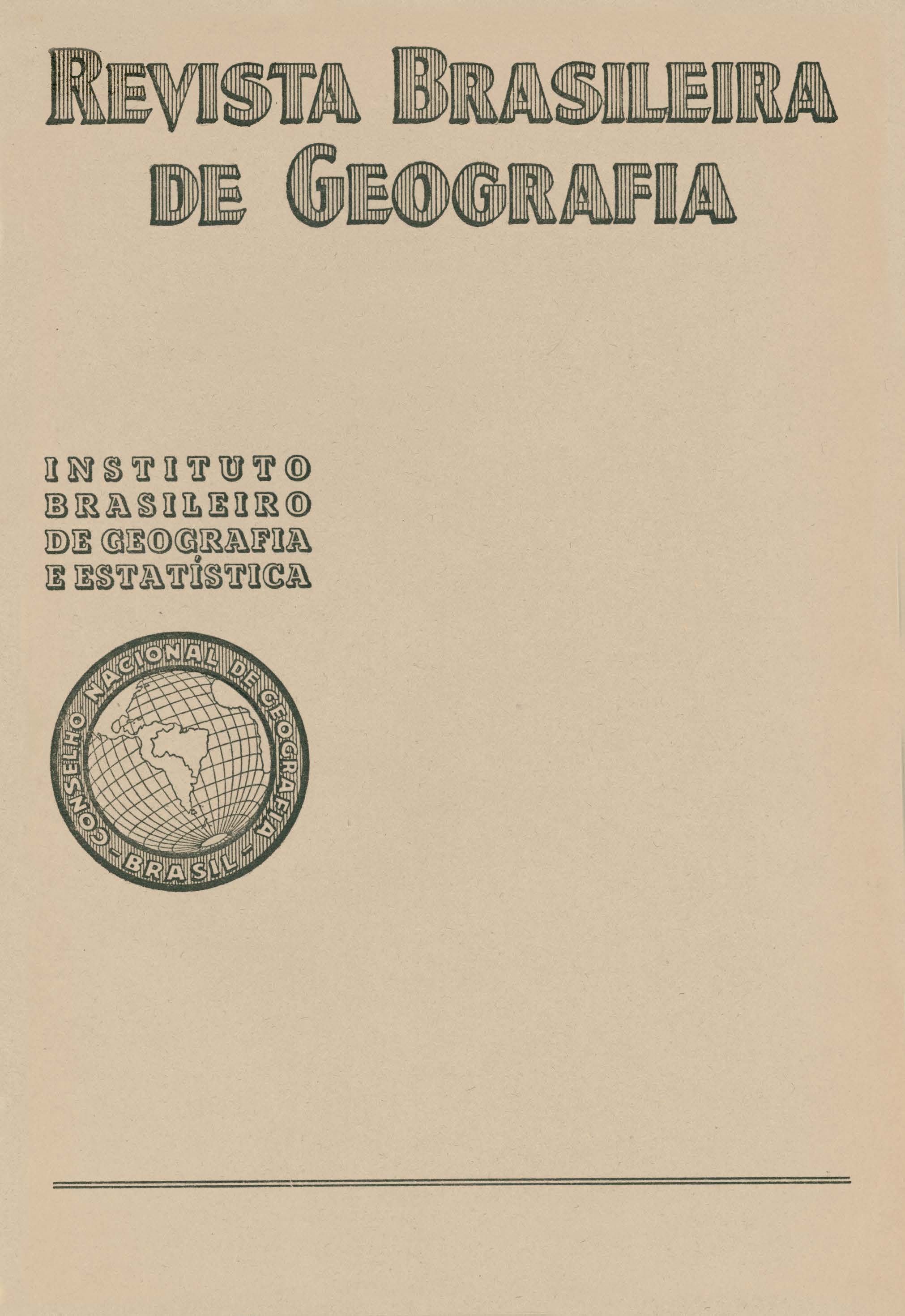A Carnaúba
Palavras-chave:
Carnaubeira;, Fitogeografia;, Botânica.Resumo
The carnauba, Copernicia cerijera, Mart., is the subject of many works dealing with the various problems of rational production and industrialization. It is thus very difficult to find aspects that have not already been discussed conclusively by Brazilian technicians.
This essay is concerned with the history of the carnauba and supported by such documents as it has been possible to collect. It sketches the growling social and economic importance of the Brazilian wax-palm down through the years, showing that it has been appreciated by natives and halfbreeds ever since the dawn of the sixteenth century.
In addition to the sources of information cited in the references at the end of the article the author owes much to the years that he lived among the carnauba graves and absorbed the indispensable local colour.
His thanks are due to Sr. Olavo Lacerda Montenegro, whose carnauba estate, Rosario, is one of the best known in the valley of the Lower Açu, with its annual yield of 500 arrobas (7 1/2 tons) and to Sr. Pedro Borges de Andrade, owner of the Canto do Mari carnauba lands on the banks of the Upper Açu. for many interesting particulars in connection with the harvesting and processing of the wax, details that are vouched for by long years of practical experience in the industry.
The history of the carnauba involves, primarily, research work in traditional ethnography, as Paul Sébillot liked to call it.
However, the author found no legends, myths or superstitions specifically linked to carnauba. The ghosts and apparitions that sometimes terrify the cutters and thimmers working in the carnauba graves along the Açu, even In broad daylight, are common to all the woods and forests, and no special supernatural being is held to be responsible.
It should be noted that the greater part of the workers in the carnauba area of the Açu, estimated to comprise more than three million palm-trees, make their way down to the beaches of Macau, to collect the salt from the evaporating pans in the salt marshes, the season for which comes just about the time the straw is cut from the carnaubas.
On their return from the salinas, they bring back with them traditions not of their own making which spread and gain popularity up the valley.
There is no special cult, and no special saint is chosen to preside over the work of cutting, gathering, scraping and threshing the straw. The patron saints invoked are common to all the communities of the interior.
The workers do not wear amulets for their protection. Of course there are certain days when custom does not allow any work to be done at all, but they are the same as those observed all over Rio Grande do Norte and the Northeast, indeed -throughout Roman Catholic Brazil. Nobody is anxious to work on the first Monday of August, but this superstition is equally prevalent in the south and center of the country; it is a country prejudice of religious origin brought over by the Portuguese.
The carnauba only seems to inspire poets of erudition and so the various jobs that need to be carried out in the summer from September to December are not enlivened by songs or danes alluding to the work or more or less restricted to such periods of activity. People sing ballads of popular refrains, catchy hits they hear on the radio, and sometimes dance the "côco" intermingled with a local interpretation of the city dances.
As a source of food, the carnauba is not put to much use in the region. Children still bite into the fruit as casually as they used to of old to reach the sweet, rather nauseating inner layer, but the popular drink and dishes that were so highly praised by Arruda da Câmara before his death in 1811 are long forgotten and nowadays nothing is done with the ripe fruit. Though growing in many parts of the country, the carnauba is not so highly appreciated in Minas Gerais or Pará, for instance, as in the Northeast from the Paraíba to the São Francisco, where it lives up to the reputation assigned to it by Piso and Marcgrav. It is, however, essentially and exclusively a Brazilian palm-tree.






